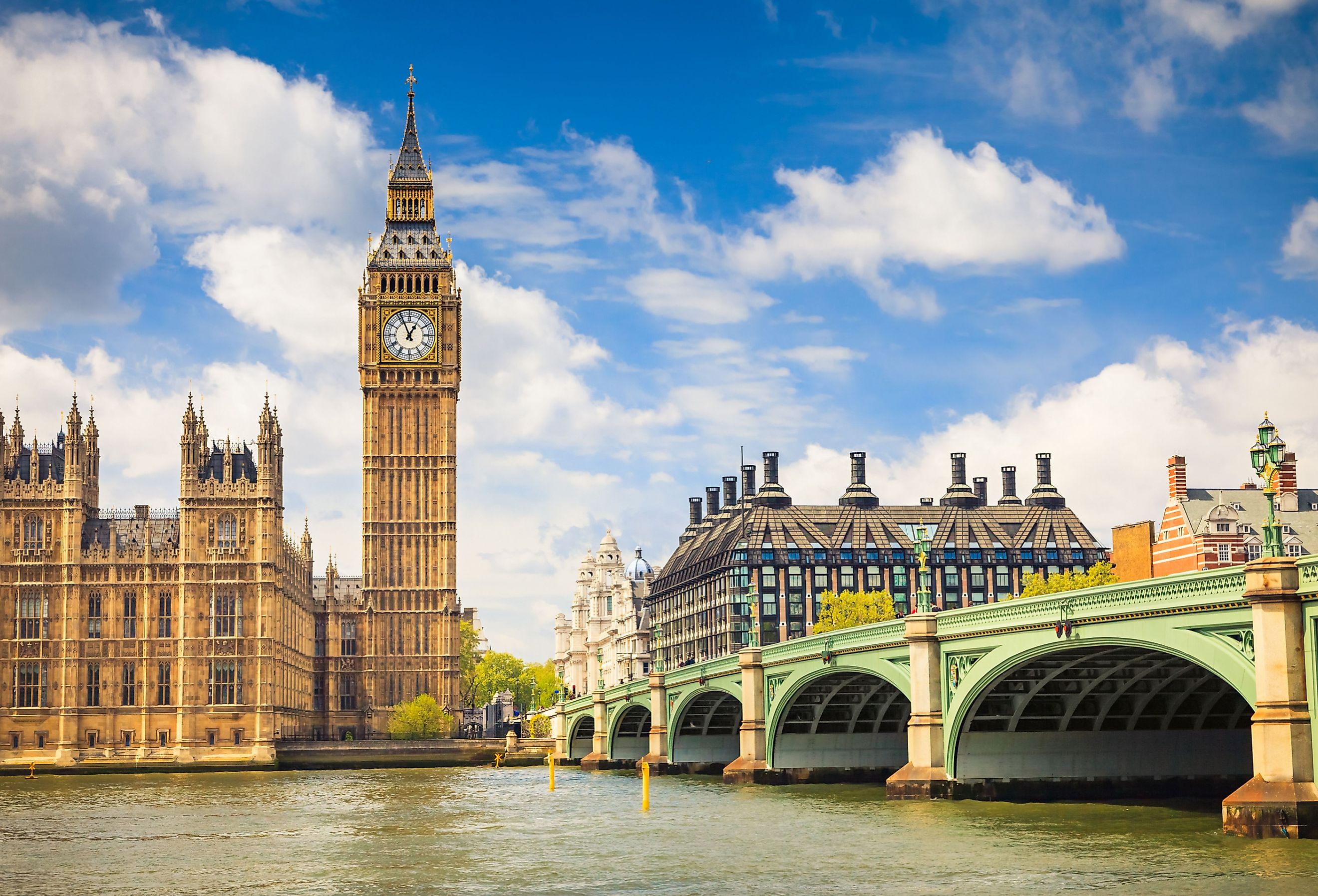
The 15 Greatest Cities in Human History
Cities in the 21st century look different than the cities from one hundred years ago. Over the past couple of centuries, cities have evolved in size, form, and structure. What has stayed the same about cities, is their role as drivers of economic growth. Throughout history, cities have brought unique opportunities for the people who live in them. They are the center for commerce, technology, education, and culture. Historically few people have lived in cities, but in the last two centuries, a larger percentage of the population has moved to urban areas, in the world’s largest boom of urbanization. More than half of the world’s population today lives in cities. Here are the fifteen greatest cities and the history of the humans drawn to these metropolises.
The 15 Greatest Cities in Human History
- Memphis
- Jericho
- Uruk
- Tokyo
- Mari
- Babylon
- Carthage
- Rome
- Constantinople
- New York
- Baghdad
- Kaifeng
- Beijing
- Ayutthaya
- London
Memphis

Memphis is not only the name of a Tennessee city. Memphis was one of ancient Egypt’s most important cities serving as Egypt’s capital and religious center. The city was also called Inbu-Hedj, which means "white walls." The name came from the mud brick in the city, painted white. In the Old Kingdom, also known as the Age of The Pyramids, the city’s name changed to Men-nefer, meaning "enduring and beautiful." The ancient Greeks translated this to Memphis.
King Menes founded Memphis. He united Egypt’s two Kingdoms into one around 3000 BC. Memphis was an important ancient Egyptian city. The capital served as Egypt's center of commerce, the King's ruling base, and the location of large religious temples.
Jericho

Jericho is a Palestinian city located in the Jordan valley. It is one of the oldest continuous settlements in the world. The city’s location made it the perfect spot for early human development. Situated along the Jordan River, between the Dead Sea and Mt. Nebo, the natural springs allowed Jericho’s citizens to grow the opobalsamum plant. The plant produced one of the most expensive oils in the ancient world, making growing the plants lucrative.
In 7000 BC, Jericho was the world’s largest city, with a population of 2,000. This ancient city is where humanity took its first steps toward civilization. There is evidence, in Jericho, of the first permanent human settlements, dating back as early as 9000 BC. There is evidence that Mesolithic hunters visited the area of modern-day Jericho and began building a settlement. By 8000 BC Jericho was a community, with a stone wall built around the settlement.
Uruk
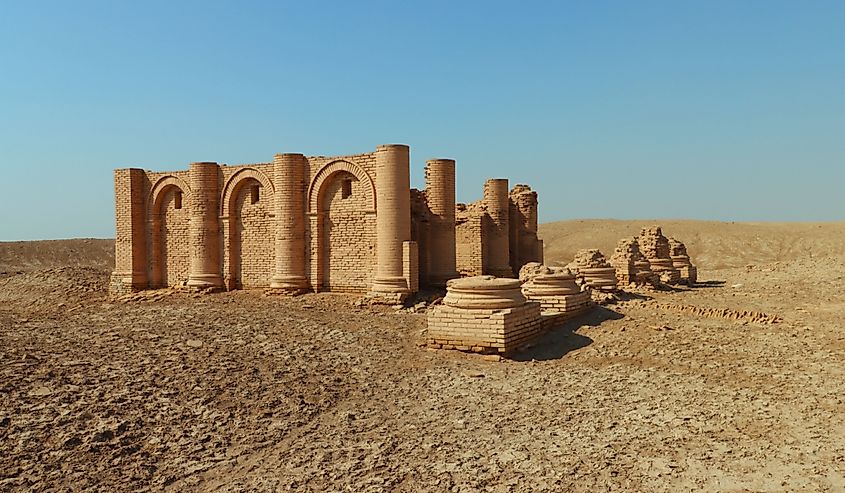
Uruk was the largest city in 3500 BC. The city is also known as the birthplace of writing. Located in modern-day Warka, Iraq, Uruk was part of ancient Mesopotamia. Uruk means "land between rivers," which was a good description of the city's geographic location. In ancient Mesopotamia, the city stood between two rivers, the Tigris and the Euphrates. The position of the city next to rivers was ideal for trade.
Uruk was also the first city to develop the cylindrical seal which the ancient Mesopotamians used as a signature for documents. The use of the seal meant the individual within the community had importance, a unique idea at the time.
Tokyo

Located at the head of Tokyo Bay, Tokyo is the capital of Japan and a well-known commerce center. People have lived in the Tokyo area since ancient times. Tokyo has been the center of culture and politics in Japan for most of Japan's history. Tokyo was originally named Edo. Edo became a city during the Tokugawa period where it was the capital of the Tokugawa shogunate. During this time, Kyoto was the capital of Japan. When the shogunate ended in 1868, Edo became Japan’s new capital.
Shortly after, Edo became the city of Tokyo, meaning the Eastern Capital. Today, Tokyo is one of the 21st century’s most populated capital cities. Tokyo's population exceeded one million in the late 19th century. Today Tokyo's population stands at almost 14 million.
Mari

Mari was another ancient Mesopotamian city. The city was in northern Mesopotamia, west of the Euphrates River in what is now Syria. In 2400 BC Mari was the largest city, with a population of 50,000. Mari was a city integral to trade in Mesopotamia. There was a copper and bronze smelting center in Mari. The smelting center stood between Babylonia in Southern Mesopotamia and the Taurus mountains in Turkey.
The Hammurabi of Babylon destroyed Mari between 1760 and 1757 BC. Today all that remains of the city are ruins. In the 1930s, French archeologists found 25,000 tablets written in Akkadian in the ruins of Mari. Akkadian is an extinct language the ancient Mesopotamians spoke.
Babylon

Babylon was the greatest city in 700 BC, with a population of 100,000. It is the most well-known city in ancient Mesopotamia. In Akkadian, Babylon means "Gates of God," which was fitting for the city which was a rich cultural and religious center. The Hanging Gardens in Babylon were a source of admiration from other cultures. The Hanging Gardens were beautiful gardens built by the Babylonian empire’s King Nebuchadnezzar II. Historians debate if the gardens were one of the seven wonders of the ancient world.
Hammurabi, a ruler of the Babylonian empire, ruled Babylon from 1792 to 1750 BC. He made Babylon the capital city of Mesopotamia. When Hammurabi died, the Babylonian empire fell apart. The Kassites took over Babylon, renaming the city Karanduniash. Today the city's ruins are in modern-day Iraq, southwest of Baghdad.
Carthage

Nestled on the coast of North Africa, Carthage was a Phoenician city-state. Carthage was the largest city in 300 BC, with a population of 500,000. Before the Punic Wars with Rome, Carthage was the most powerful political force in the Mediterranean. Carthage was originally called Kart-hadasht, which means "new city." This was to distinguish it from the older Phoenician city of Utica nearby. Later the Romans changed the city's name to Carthago.
The Romans overtook the city in the Third Punic War. The history of Carthage is usually divided into the following five periods: Ancient Carthage (814-146 BC); Roman Carthage (146 BC - 439 CE); Vandal Carthage (439-534 CE); Byzantine Carthage (534-698 CE); and Muslim Arab Carthage (698-1270 CE).
Rome

Rome is a well-known city for its influence and achievement in the ancient world. There are many legends about the founding of the city. In the most famous one, two demigod brothers, Romulus and Remus got into an argument over who would rule the city. According to the legend, Romulus killed Remus and named the city after himself.
Though Rome was a large city of influence, the city had humble beginnings as a small town on the banks of the Tiber. The city’s location made it perfect for trade since it was easy to get to by water. Trade was the driving force of the city’s expansion. In 200 CE Rome was the largest city in the world, with a population of 1,200,000 people. Rome had seven different kings starting with Romulus.
Constantinople

The founding of Constantinople started from 284 to 305 CE, under Emperor Diocletian. The city's founding began with the emperor's decision to divide the Roman Empire into four sections. Diocletian believed the Roman Empire was too big to have one ruler.
When Constantine rose to power in the west, he defeated Maxentius to become the sole emperor of the west. In 313 CE when Licinius came to power in the east, Constantine defeated him and gained control of the east. Gaining control of the east and west, Constantine reunited the empire.
Constantine was unsure where to place the new capital and decided Constantinople was the best place for the capital. This is because Constantinople was a strategic location that helped reunite the empire. Constantine built Constantinople in 324 CE. The city later became one of the most valuable cities to the Greeks and Romans.
New York

Today New York is the cliché city where writers and musicians go to fulfill their dreams. However, the city was not always seen this way. The history of New York dates back to the Algonquin people, who fished and hunted between Delaware and the Hudson River.
Europeans explored the region in the 16th century. The Dutch West India Company sent 30 families to live on modern-day Governors Island. Later, the settlement moved to Manhattan. The area soon experienced rapid expansion, with more people settling in the area. By 1760, the population of the city became the second-largest population in the American colonies. Today New York is one of the largest cities in North America.
Baghdad
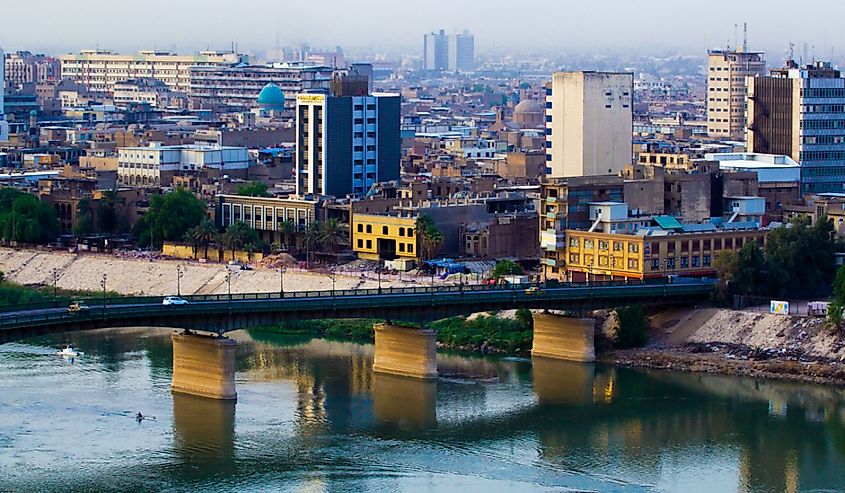
Baghdad has beginnings in the Abbasid dynasty. The city was the dynasty’s capital during the 8th century. During the Golden Age of Islam, a 500-year Middle East renaissance in the 9th and 10th centuries, Baghdad was the center of the Caliphate. During the 10th century, Baghdad grew into the largest city worldwide, with a population of 900,000.
Baghdad was home to the House of Wisdom, also known as the Grand Library of Baghdad. The library possessed the world’s knowledge transcribed into Arabic. The library also had collections of poetry in Arabic. During the Siege of Baghdad, an invasion from the Mongolian Empire, the library was destroyed, along with the rest of the city.
Kaifeng

Kaifeng is a city in China with a central location to the four major canals in China. The city's location has been of historical significance, because of opportunities for trade. In the 4th century BC China, Kaifeng was called Daliang and was the capital of the Wei state. The Qin dynasty destroyed Daliang, reducing the city to a midsize town from 221 to 207 BC. Under the Bei Wei dynasty, Kaifeng grew and became an important seat of a commandery in the 5th century.
The city went on to be one of the biggest commercial cities in China with the building of new canals for trade. Kaifeng was the first capital in China to primarily be a commercial power. Kaifeng's importance to trade, made protecting the city a priority. The government built three rings of walls for protection around the city. Despite this, the city was overtaken by the Mongols in what went on to become the Forty Years' War.
Beijing
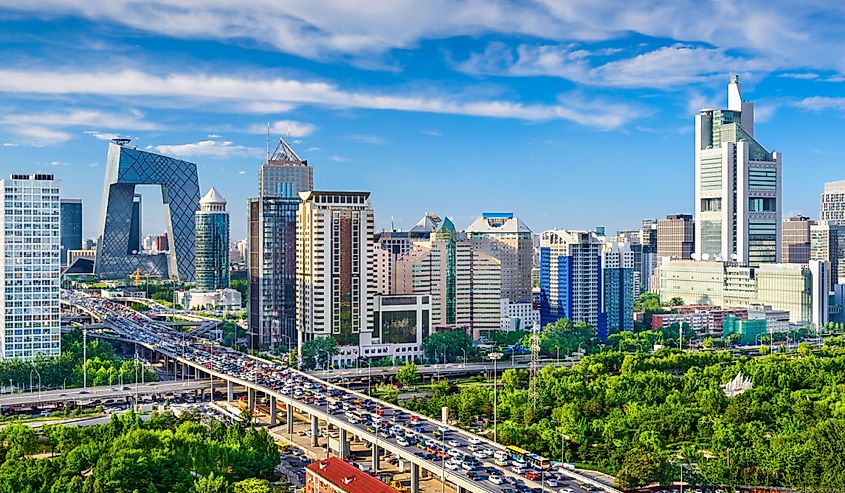
Beijing has been the capital of China for almost eight centuries. Fossils from around Beijing show some of the earliest known humans who lived in the area. For most of the 2nd millennium CE, Beijing was the largest city by population. The strategic position of Beijing, with mountains protecting the city from three sides, made it perfect for the residence of the emperor and the imperial capital.
The city has a long rich history. Today Beijing is the second largest Chinese city and is a megacity, a city with a population of more than ten million people. Beijing is also of the world’s leading centers for culture, politics, tourism, and business.
Ayutthaya
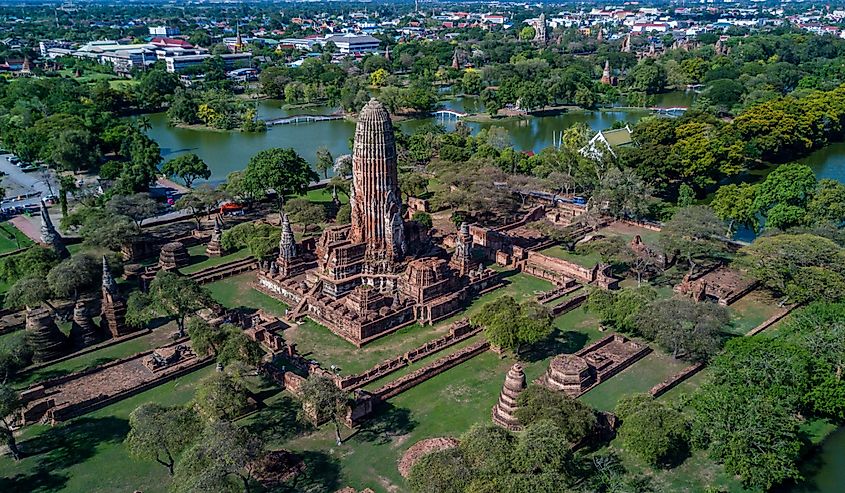
Ayutthaya was the second Siamese capital in the Siamese Kingdom, which existed in southeast Asia. The city grew from the 14th to the 18th century, becoming one of the world’s largest urban cosmopolitan centers known for commerce. The city particularly flourishes during the late Ayutthaya period, with influence from Chinese culture and trade. Ayutthaya was a vital precursor to modern-day Thailand. The Burmese destroyed the city in the 18th century. They burned the city down, forcing the residents to flee. Today, the city remains as ruins. UNESCO named the ruins a World Heritage Site in 1991.
London
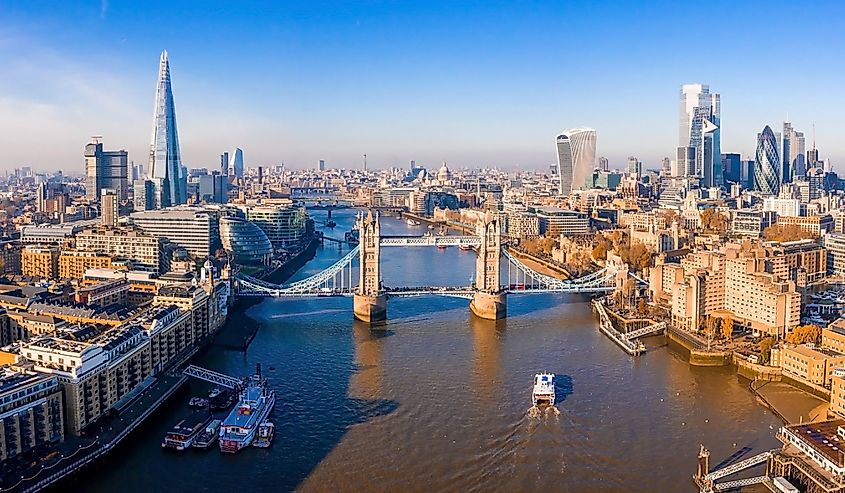
London is the capital of the United Kingdom and is one of the most famous cities worldwide. The city has a long history, spanning almost two millennia. Early records of the city date back to 6000 BC, when hunter-gatherers first settled in the area. London’s geographic position along the Thames River was helpful for trade. One of the first uses for the city of London was as a port and trading center constructed by the ancient Romans. The Romans called the port the Londinium.
London was the center of world trade from the late 18th century until 1914. Several important technological advancements took place in London. In 1863, London Underground open the world’s first subterranean railway. Around this time, London’s population was expanding. In the 1800s, the population of London had already exceeded one million. By 1901, the population exceeded 6.5 million.
Throughout history with the rise and fall of empires has come the rise and fall of great cities. Some of history’s greatest cities only exist as ruins today. Yet, not all the world’s great cities have fallen, some have only expanded. This is the case for London, New York, Tokyo, and Beijing. In the future, these cities may look even different, as technology, politics, and cultures change. New cities may gain more popularity and power. Only time will tell what the next greatest cities will look like.











